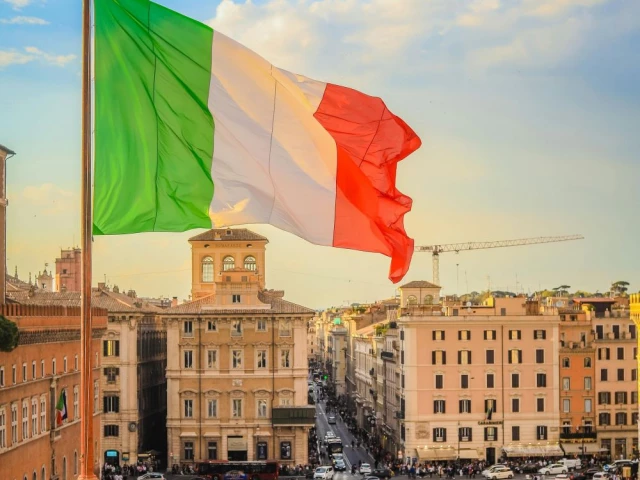The Italian government has approved a new visa quota plan to issue 497,550 work permits to non-European Union (EU) nationals between 2026 and 2028, as part of efforts to address labour shortages across key sectors.
The cabinet of Prime Minister Giorgia Meloni gave the green light to the three-year plan, which aimed at filling workforce gaps in agriculture, construction, healthcare, tourism, and manufacturing.
The permits will be distributed in phases, with 164,850 expected to be issued in 2026, while the remaining will be gradually allocated in 2027 and 2028.
This new plan builds on a similar framework implemented between 2023 and 2025, during which over 450,000 permits were granted.
Italy’s expanding visa policy is part of a broader migration strategy to combat a worsening demographic crisis.
In 2024, the country recorded 281,000 more deaths than births, and its total population dropped by 37,000, continuing a long-term decline.
Projections suggest that Italy will need at least 10 million foreign workers by 2050 to sustain its economy and population levels.
Government officials say the new quota was designed based on actual labour demand and past visa request trends.
Among the sectors expected to benefit are agriculture, construction, tourism and hospitality, healthcare, and manufacturing.
For non-EU job seekers, the expanded quota comes with simplified visa procedures, including digital documentation and faster processing times.
Approved foreign workers will have access to healthcare and social security services, and can also convert seasonal or long-term permits into longer residency status.





